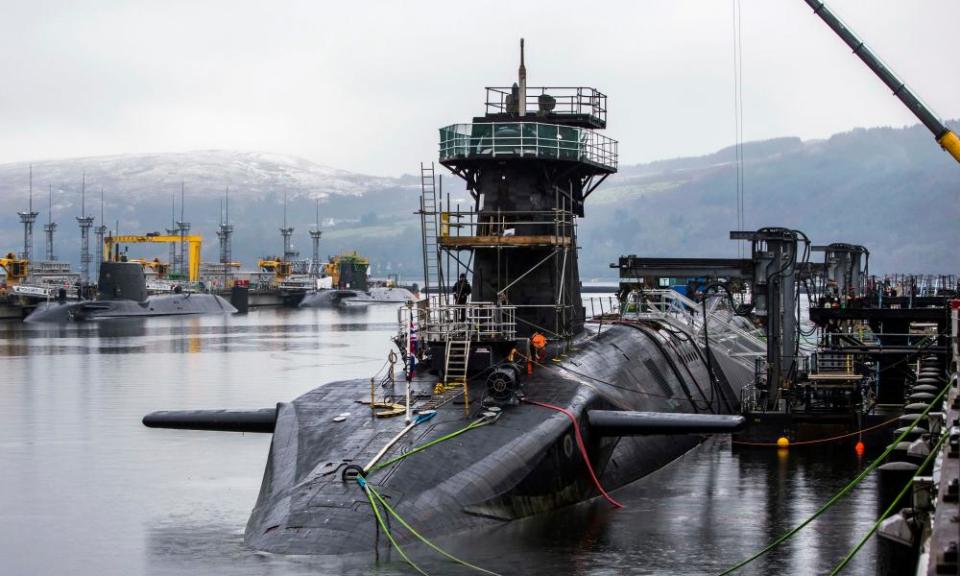Weatherwatch: the threat to Trident from global heating

The US has acknowledged that global heating is a significant threat to its defence capability, with 79 military bases, including 23 nuclear installations, subject to sea level rise and frequent flooding.
While the UK has far fewer military bases to worry about, the key Trident nuclear deterrent requires a submarine to be constantly at sea ready for action. A series of coastal sites is needed to keep these boats and their weapons serviced at all times.
In 2010, a UK National Security Strategy acknowledged that sea-level rise was a hazard to this programme that could cause a major accident. In the 11 years since then, nothing seems to have happened to address the problem even though the estimates of future sea level rise and storm surges have become ever more alarming.
The Nuclear Consulting Group, an independent group of academics, has produced a helpful report on the threats to Britain’s nuclear bases in 2050. The maps showing potential danger to vital bases are not based on alarming upper level predictions but the more conservative middle range.
Worst affected by flooding are the naval base at Faslane, which is 25 miles from Glasgow and where the nuclear-armed submarines are based, and the shipyard at Barrow-in-Furness in Cumbria where they are built and fuelled.

 Yahoo Finance
Yahoo Finance 